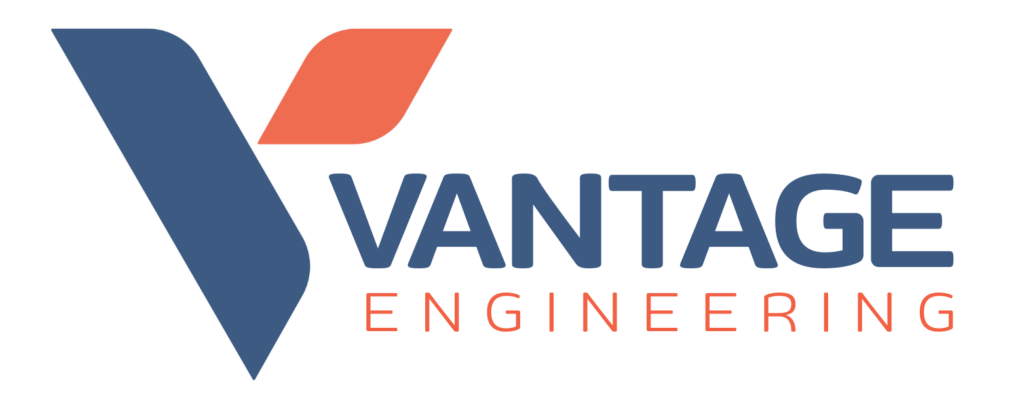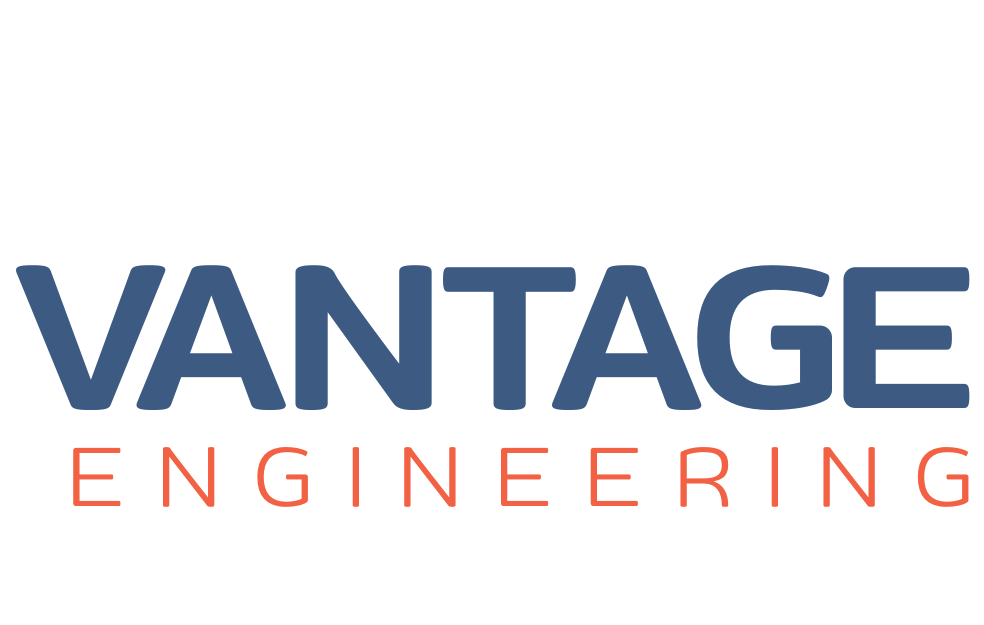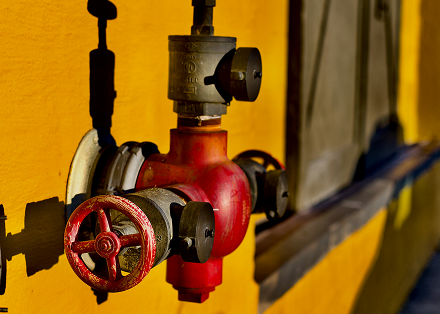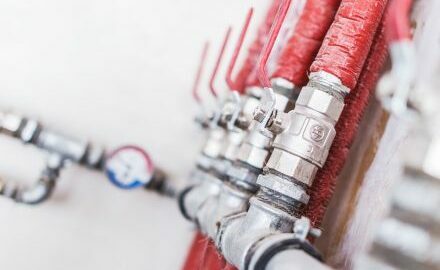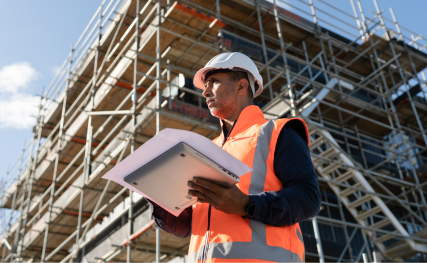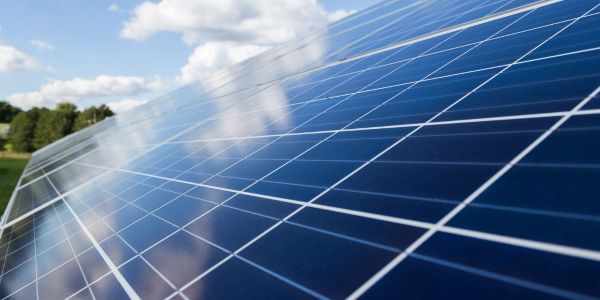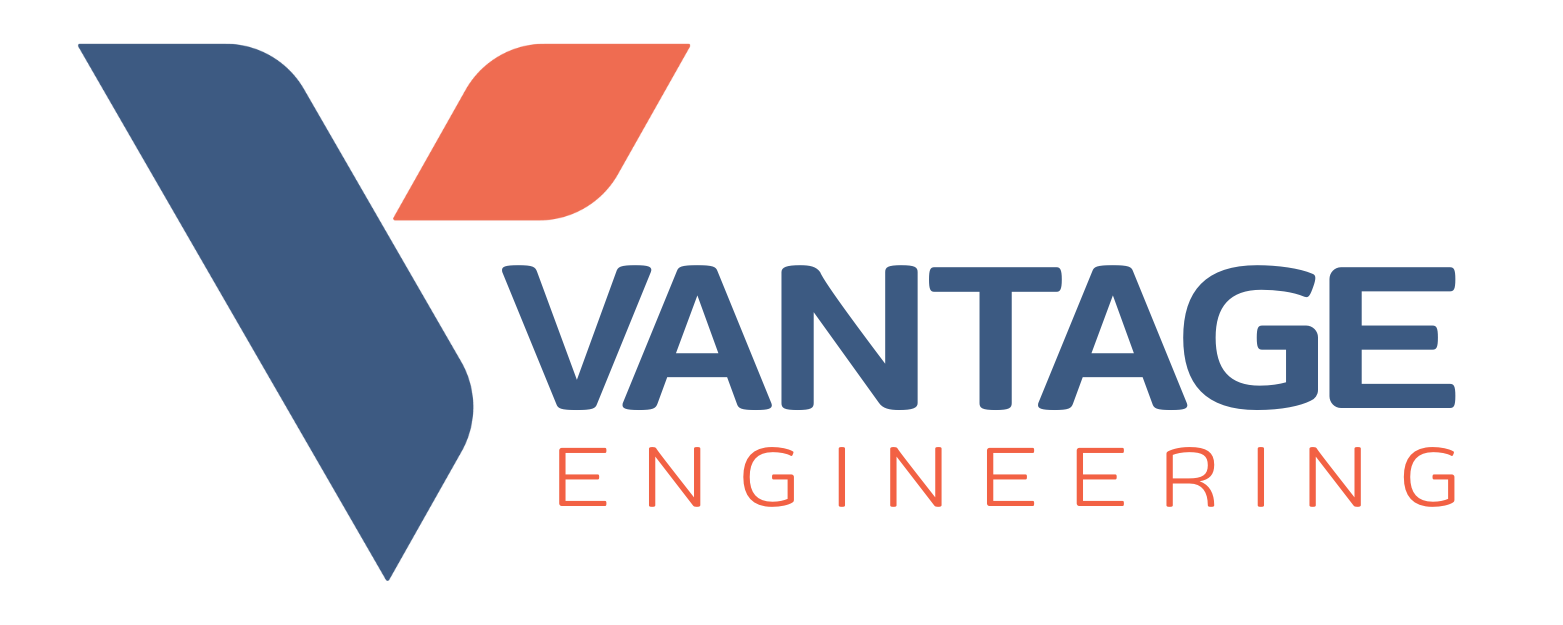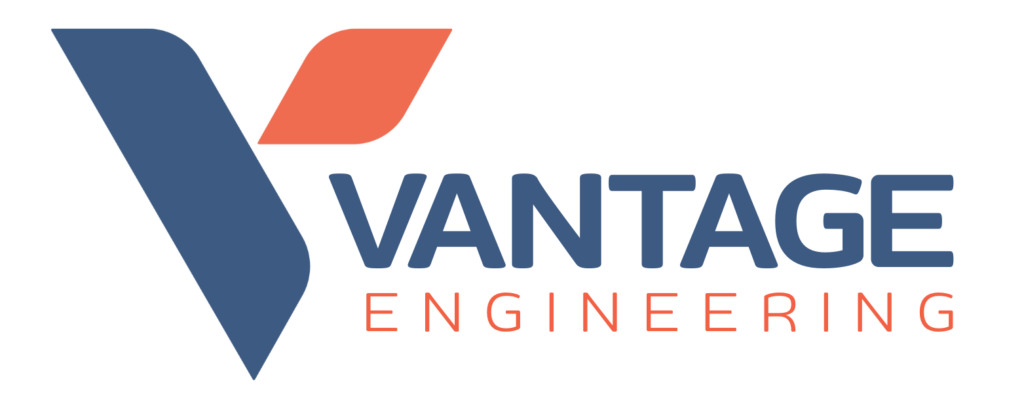Australia’s construction landscape faces unprecedented challenges: escalating bushfire risks, water scarcity, energy transition pressures, and urban densification. In this complex environment, siloed engineering approaches are no longer viable. Integrated engineering—the seamless merging of mechanical, electrical, fire protection, and hydraulic systems—has emerged as the gold standard for sustainable, resilient, and compliant building design. By aligning these disciplines, Australia can meet stringent standards like the National Construction Code (NCC 2022), achieve Green Star and NABERS certifications, and future-proof infrastructure against climate-driven disruptions.
Why Integration Matters in Australia
From Queensland’s flood-prone coasts to Western Australia’s mining hubs, every project demands systems that work in harmony:
- Bushfire Resilience: Fire protection must align with HVAC and electrical systems to prevent ember ingress and ensure safe ventilation during emergencies.
- Water-Energy Nexus: Hydraulic systems (e.g., rainwater harvesting) and solar-powered pumps reduce grid dependency in drought-affected regions.
- Urban Heat Mitigation: Combined mechanical (cooling) and green hydraulic (stormwater reuse) strategies cool cities like Sydney and Melbourne.
- Compliance Efficiency: Integrated designs streamline adherence to BASIX, Bushfire Attack Level (BAL), and Section J Energy Efficiency requirements.
The Power of Multi-Disciplinary Synergy
1. Mechanical + Electrical: Smart Energy Systems
- Renewable HVAC Integration: Solar thermal systems paired with heat pumps (e.g., Adelaide’s Tonsley Innovation District) slash energy use by 40%.
- Demand Response Coordination: Smart electrical grids communicate with mechanical systems to reduce peak loads during heatwaves, critical for cities facing grid strain.
2. Fire Protection + Hydraulic: Bushfire & Flood Resilience
- Fire-Resilient Water Supply: Hydraulic tanks and pumps (compliant with AS 2304) ensure firefighting capacity in rural NSW, while non-combustible piping prevents post-fire contamination.
- Flood-Proof Electricals: Elevated electrical panels and fire systems in Brisbane’s Resilient Homes Program withstand inundation.
3. Hydraulic + Mechanical: Water-Energy Efficiency
- Wastewater Heat Recovery: Melbourne’s Docklands precinct uses sewage heat to warm buildings, cutting gas reliance.
- Rainwater-Driven Cooling: Harvested stormwater feeds evaporative chillers in Perth offices, reducing HVAC energy demand.
4. Electrical + Fire Protection: Safe Renewable Integration
- Battery Storage Safety: Fire-rated enclosures and ventilation for lithium-ion systems, mandated in Victoria’s Cladding Safety Scheme, prevent thermal runaway risks.
- Solar Bushfire Compliance: BAL-rated solar arrays in regional SA avoid ember traps and ensure rooftop safety.
The Power of Multi-Disciplinary Synergy
Australian Case Studies: Integration in Action
- Barangaroo, Sydney: This precinct’s integrated design merges seawater cooling (hydraulic), onsite solar (electrical), and fire-resistant cladding, achieving 6-Star Green Star and Carbon Neutral status.
- Monash University Net Zero Initiative: Cross-disciplinary retrofits cut energy use by 70% via solar microgrids, wastewater recycling, and fire-safe smart lighting.
- Canberra’s Bushfire-Safe Suburbs: Holistic designs combine BAL-rated materials, underground power lines, and stormwater-controlled firebreaks.
Navigating Australian Compliance
Integrated engineering simplifies adherence to overlapping regulations:
- NCC 2022: Coordinated fire, energy, and water efficiency reporting.
- State Variations: NSW’s BASIX (water/energy targets) vs. Victoria’s Cladding Rectification Program.
- Indigenous Land Projects: Culturally sensitive hydraulic and electrical designs in NT remote communities.
Emerging Trends
- Digital Twins: Virtual models (e.g., Sydney Metro) simulate interactions between HVAC, fire, and hydraulic systems, pre-empting conflicts.
- Circular Economy Systems: Integrated MEP designs that reuse construction wastewater (hydraulic) and waste heat (mechanical) in Melbourne’s Fishermans Bend.
- AI-Driven Integration: Machine learning optimizes energy use across disciplines, piloted in Brisbane’s Smart City Lab.
